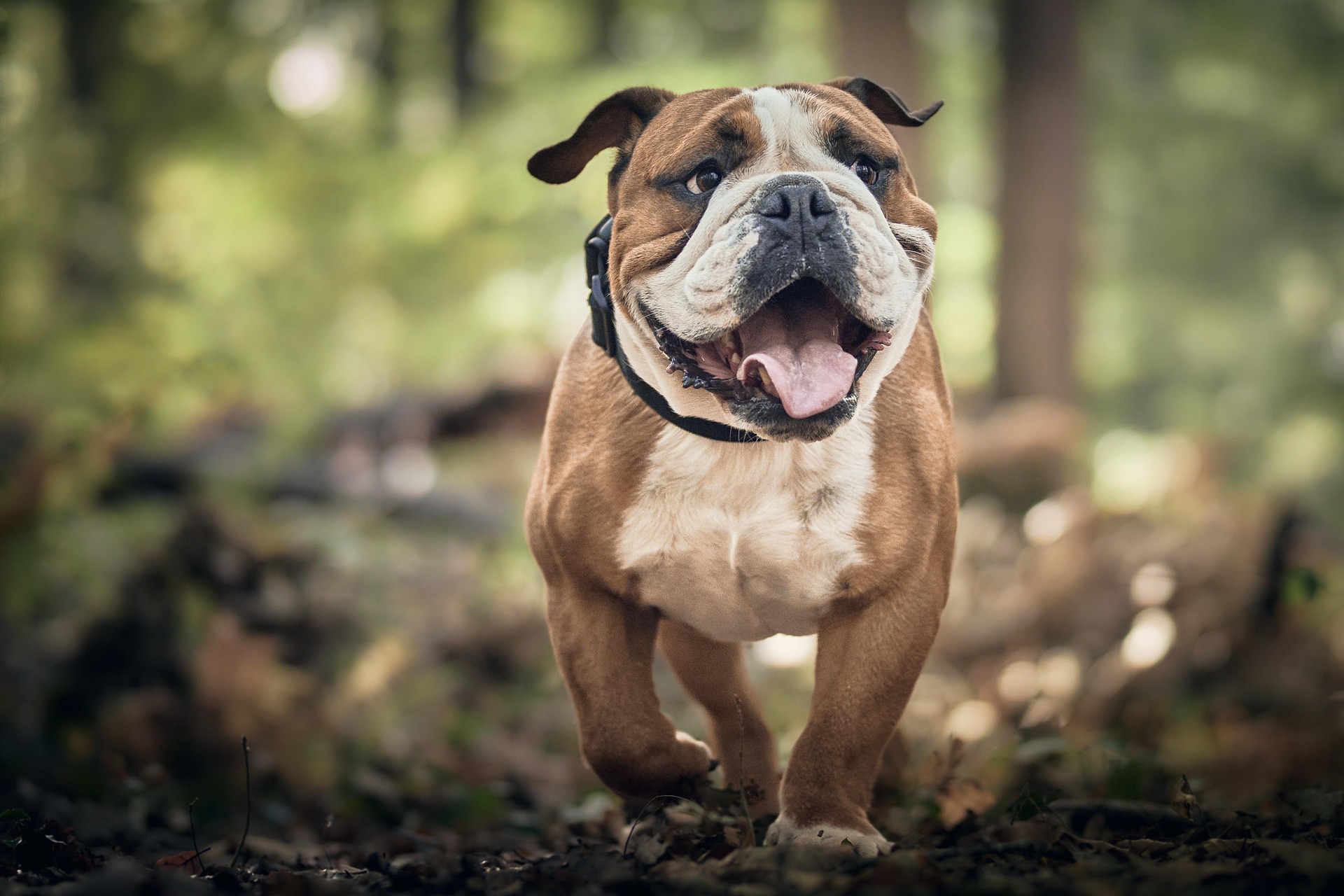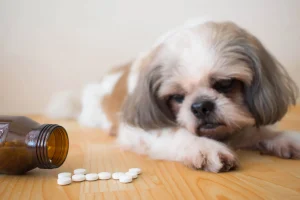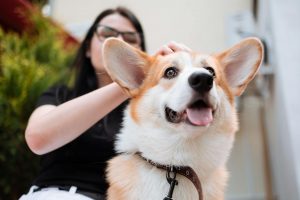As temperatures rise, it’s important to keep your pets safe from the dangers of overheating. Unlike humans, many animals struggle to regulate their body temperature, which makes them more vulnerable to heat exhaustion and heatstroke. Whether you have a dog, cat or a small furry friend, it’s essential that they stay cool and comfortable during the hotter months.
Some flat-faced dog breeds (such as bulldogs and pugs), and flat-faced cat breeds (such as Persians) are especially vulnerable to high temperatures as they have restricted airways. This can make it more difficult for them to pant and control their body temperature. Pets with thick coats retain heat more, while overweight or older animals also struggle to control their body temperature.
If you notice your pet is showing symptoms of heat stroke (such as panting, excessive drooling or seizures), you should seek medical attention from a vet quickly. If you have suitable pet insurance, it can help cover the cost of emergency treatment without having a massive impact on your finances. You can get pet insurance from Petgevity, which offers tailored policies for your beloved pet, giving you peace of mind should they ever become ill.
Whilst being prepared for the worst is important, there are various practical ways to keep your beloved pet nice and cool, from hydration and shade to cooling treats and exercise precautions. With the right care and awareness, you can enjoy a fun, safe, and stress-free summer with your beloved furry companions.
Why Keeping Pets Cool in Summer is Important
Summer heat can be dangerous for pets, as they are more susceptible to overheating and heat-related illnesses than humans. Most animals don’t sweat efficiently and rely on panting or external cooling to regulate their body temperature. Without proper precautions, pets can suffer from heat exhaustion, dehydration, or even heatstroke, which can be life-threatening.
Recognising Signs of Overheating in Pets
Overheating in pets can quickly become dangerous, so it’s important to recognise the warning signs early. Panting is a normal cooling mechanism for dogs and some other animals, but rapid or excessive panting can be a sign that your pet is overheating. Cats rarely pant, so you need to monitor them carefully if they start breathing heavily.
If your pet starts becoming unusually sluggish or unresponsive, it could be a sign that their body is struggling to cope with the heat. They may also seem disoriented or have trouble walking properly. You should also keep an eye on your pet’s gums and tongue, which may turn bright red or pale due to poor circulation and heat stress. In some cases, a fast or irregular heartbeat could be a sign that your pet’s body is working too hard to cool down, which might lead to heatstroke.
Hydration – The Key to Preventing Heatstroke
Just like with humans, proper hydration is essential to help your pet regulate their body temperature and maintain their overall health. Dehydration can quickly lead to overheating, which puts your pet at serious risk of heat exhaustion and heatstroke.
The amount of water a pet needs depends on factors such as their size, breed, activity level, and the weather. As a rule of thumb, a medium cat (4kg) should drink about 200ml while a large cat (6kg) should drink about 300ml each day, as per the Cats Protection. Meanwhile, dogs should drink around 40-60ml per kilo of body weight each day.
You should check your pet’s nose and gums to see if they are dry or if their eyes have become sunken, as this could indicate they are dehydrated. Their skin may also lose elasticity, which you can test by gently pinching their skin and seeing if it returns to normal or not.
Creating a Cool & Comfortable Environment
To protect your pet during hot weather, make sure they have a cool space to relax in. While an air-conditioned room is ideal, you can also keep a room well-ventilated with fans dotted around. It’s a good idea to block out the sun with curtains or blinds as this can lower the room’s temperature.
Place cooling mats or damp towels down on the floor so your pet can lay on them to lower their body temperature. You should also make sure they have access to plenty of fresh water both inside and outside the house. Some pets, especially dogs, enjoy splashing around in a shallow pool to stay cool, so you may want to place a paddling pool in your garden.
If you have a small furry friend, it’s best to keep their cage in the shade. However, avoid placing them in an area that is exposed to a cold draught all day, as this can be uncomfortable or even dangerous, as per the PDSA.
Exercise Tips for Hot Weather
While it’s important to exercise your pet, you’ll need to adjust your routine during hot weather to prevent them from overheating. The best time to walk your pet is early in the morning or later in the evening when the temperature is lower. You should slow down your walking pace, keep sessions short and avoid strenuous activities such as fetch.
You should carry water and a portable bowl with you on walks and offer your pet a drink at regular intervals. It’s also important to check the ground temperature, as pavements can heat up quickly and burn your pet’s paws. Always check the temperature with your hand – if it’s too hot for your hand, it’s too hot for your pet’s paws.
What to Do If Your Pet Shows Signs of Heat Exhaustion
If you notice any signs of heat exhaustion in your pet, it’s important to move them to a shaded, cool area as soon as possible. If you’re outside, take them indoors or under a tree to get out of the direct sunlight.
You should encourage them to drink cool, fresh water in small amounts at a time to avoid choking or vomiting. Soaking a towel in cool (not ice-cold) water and gently placing it on your pet’s belly, paws, or underarms can also help cool them down.
It’s advisable to cool first and transport second, as per the RVC. Once you’ve tried the steps mentioned above, call your vet and they can advise you further. It’s a good idea to get your pet checked over even if they seem to recover as the more serious signs of heatstroke aren’t immediately obvious. Hopefully, by following the above tips, you can enjoy the warmer weather with your pet and help them stay hydrated, cool, and happy without issue.









